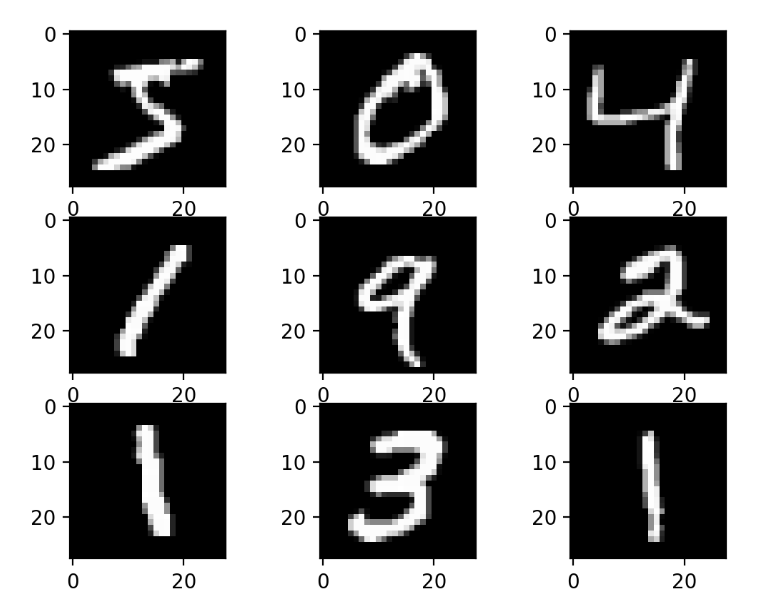EDUX is a user-friendly library for solving problems with a machine learning approach.
EDUX supports a variety of machine learning algorithms including:
- Multilayer Perceptron (Neural Network): Suitable for regression and classification problems, MLPs can approximate non-linear functions.
- K Nearest Neighbors: A simple, instance-based learning algorithm used for classification and regression.
- Decision Tree: Offers visual and explicitly laid out decision making based on input features.
- Support Vector Machine: Effective for binary classification, and can be adapted for multi-class problems.
- RandomForest: An ensemble method providing high accuracy through building multiple decision trees.
Edux supports a variety of image augmentations, which can be used to increase the performance of your model.




AugmentationSequence augmentationSequence=
new AugmentationBuilder()
.addAugmentation(new ResizeAugmentation(250,250))
.addAugmentation(new ColorEqualizationAugmentation())
.build();
BufferedImage augmentedImage=augmentationSequence.applyTo(image);
AugmentationSequence augmentationSequence=
new AugmentationBuilder()
.addAugmentation(new ResizeAugmentation(250,250))
.addAugmentation(new ColorEqualizationAugmentation())
.addAugmentation(new BlurAugmentation(25))
.addAugmentation(new RandomDeleteAugmentation(10,20,20))
.build()
.run(trainImagesDir,numberOfWorkers,outputDir);
We run all algorithms on the same dataset and compare the results. Benchmark
The main goal of this project is to create a user-friendly library for solving problems using a machine learning approach. The library is designed to be easy to use, enabling the solution of problems with just a few lines of code.
The library currently supports:
- Multilayer Perceptron (Neural Network)
- K Nearest Neighbors
- Decision Tree
- Support Vector Machine
- RandomForest
Include the library as a dependency in your Java project file.
implementation 'io.github.samyssmile:edux:1.0.7'
<dependency>
<groupId>io.github.samyssmile</groupId>
<artifactId>edux</artifactId>
<version>1.0.7</version>
</dependency>
EDUX supports Nvidia GPU acceleration.
- Nvidia GPU with CUDA support
- CUDA Toolkit 11.8
This section guides you through using EDUX to process your dataset, configure a multilayer perceptron (Multilayer Neural Network), perform training and evaluation.
A multi-layer perceptron (MLP) is a feedforward artificial neural network that generates a set of outputs from a set of input features. An MLP is characterized by several layers of input nodes connected as a directed graph between the input and output layers.
In this example we use the famouse MNIST Dataset. The MNIST database contains 60,000 training images and 10,000 testing
String trainImages = "train-images.idx3-ubyte";
String trainLabels = "train-labels.idx1-ubyte";
String testImages = "t10k-images.idx3-ubyte";
String testLabels = "t10k-labels.idx1-ubyte";
Loader trainLoader = new ImageLoader(trainImages, trainLabels, batchSize);
Loader testLoader = new ImageLoader(testImages, testLabels, batchSize);
int batchSize = 100;
int threads = 1;
int epochs = 10;
float initialLearningRate = 0.1f;
float finalLearningRate = 0.001f;
MetaData trainMetaData = trainLoader.open();
int inputSize = trainMetaData.getInputSize();
int outputSize = trainMetaData.getExpectedSize();
trainLoader.close();
We use the NetworkBuilder Class
new NetworkBuilder()
.addLayer(new DenseLayer(inputSize, 32)) //32 Neurons as output size
.addLayer(new ReLuLayer())
.addLayer(new DenseLayer(32, outputSize)) //32 Neurons as input size
.addLayer(new SoftmaxLayer())
.withBatchSize(batchSize)
.withLearningRates(initialLearningRate, finalLearningRate)
.withExecutionMode(singleThread)
.withEpochs(epochs)
.build()
.printArchitecture()
.fit(trainLoader, testLoader)
.saveModel("model.edux"); // Save the trained model
Load 'model.edux' and continue training for 10 epochs.
NeuralNetwork nn =
new NetworkBuilder().withEpochs(10).loadModel("model.edux").fit(trainLoader, testLoader);
........................Epoch: 1, Loss: 1,14, Accuracy: 91,04
...
........................Epoch: 10, Loss: 0,13, Accuracy: 96,16
You can find more fully working examples for all algorithms in the examples folder.
For examples we use the
Contributions are warmly welcomed! If you find a bug, please create an issue with a detailed description of the problem. If you wish to suggest an improvement or fix a bug, please make a pull request. Also checkout the Rules and Guidelines page for more information.
